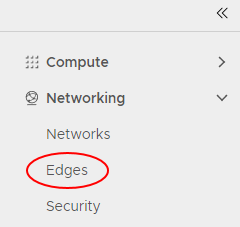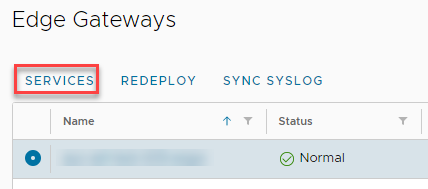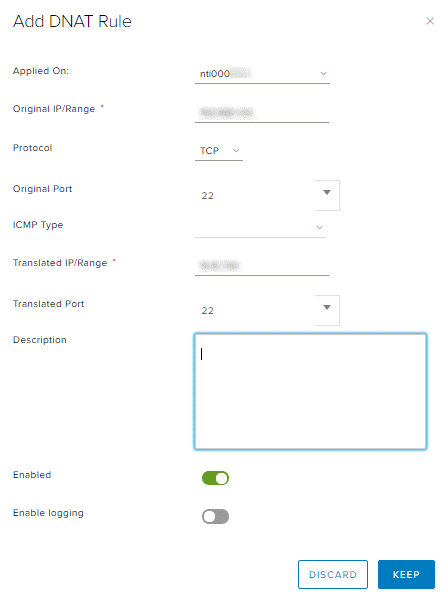How to create NAT rules
Overview¤
Network Address Translation (NAT) allows the source or destination IP address to be changed to enable traffic to transition through a router or gateway.
You can use three types of NAT within your Edge Services Gateway (ESG):
- Destination NAT (DNAT) - changes the destination IP of the packet,
- Source NAT (SNAT) - changes the source IP of the packet; and
- NAT64 - allows access from IPv6 networks to IPv4.
For a virtual machine (VM) to access an external network resource from its virtual data centre (VDC), the IP address of its network needs translation to the public internet IP addresses provided by AUCloud.
Note for both DNAT and SNAT:
- The NAT rule will be applied to the ESG, rather than to the internal VDC network.
- The firewall needs to be open for NAT rules.
Create a DNAT rule¤
DNAT changes the destination IP address of a packet and performs the reverse function for any replies. You can use DNAT to publish a service located in a private network on a public IP address.
-
In the VMware Cloud Director Virtual Datacenters dashboard, select the VDC that contains the ESG that requires the DNAT rule.
-
In the left navigation panel, click Edges.

-
Select the ESG for configuration, and click Services.

-
Select the NAT tab.

-
In the NAT44 Rules section, click +DNAT Rule.

-
In the Add DNAT Rule dialog box, from the Applied On list, select the interface on which to apply the rule. Unless you have special requirements, this will be the external network (usually named
nti\*ornft\*). -
Enter an Original IP/Range and a Translated IP/Range.
-
Select the Protocol, Original Port and Translated Port.
-
Make sure the Enabled option is selected.
-
If you have a syslog server configured, select the Enable logging option.

-
To finish, click Keep then Save changes.
Create a SNAT rule¤
SNAT changes the source IP address of a packet and performs the reverse function for any replies. When connecting to an external network, such as the internet, to access services (for example, DNS), you need to define a SNAT rule to translate your internal address into something available on the external network (for example, PSN, internet).
-
In the VMware Cloud Director Virtual Datacenters dashboard, select the VDC that contains the ESG that requires the SNAT rule.
-
In the left navigation panel, click Edges.

-
Select the ESG for configuration, and click Services.

-
Select the NAT tab.

-
In the NAT44 Rules section, click + SNAT Rule.

-
In the Add SNAT Rule dialog box, from the Applied On list, select the interface on which to apply the rule. Unless you have special requirements, this will be the external network (usually named
nti\*ornft\*). -
Enter an Original Source IP/Range and a Translated Source IP/Range.
-
Make sure the Enabled option is selected.
-
If you have a syslog server configured, select the Enable logging option.

-
To finish, click Keep then Save changes.
Next steps¤
In this article, you have learned how to create DNAT and SNAT rules. For other ESG configuration tasks, see: